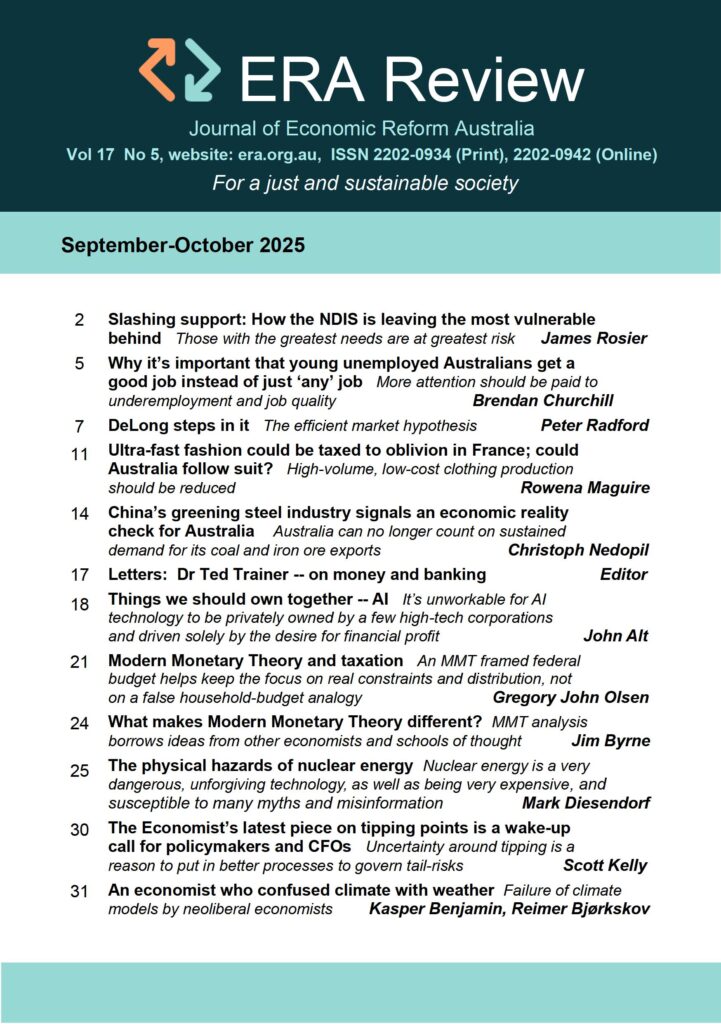Modern money and inflation
Asad Zaman

Milton Friedman was a powerful magician. His words charmed people into believing that night was day, against the evidence of their own eyes. His maxim that “inflation is everywhere and always a monetary phenomenon” is widely believed by economists, even though it is abundantly obvious that costs of production, especially energy costs, play a major role in creating inflation.
Today, inflation is soaring around the globe. Economists under the spell of Friedman search for, and find, monetary causes. Central Banks around the world pursued vastly expansionary monetary policies to combat the Great Recession which followed the Global Financial Crisis of 2007. To the great surprise of many top-ranked economists, there was no inflationary impact. Emboldened by this experience, the Central Banks again poured money into a stuttering economy during the COVID era. Again, inflation did not respond. But now, after the end of all this monetary expansion, high inflation has suddenly hit. Since Friedmanites believe that inflation must have monetary causes, they are forced to believe that the fifteen years of monetary expansion since 2008 suddenly caused soaring inflation in 2022.
If we open our eyes to global events, we can find much more obvious sources for the current inflation. The COVID Crisis has led to the collapse of global supply chains. As global economies recovered, and demand increased to pre-COVID levels, producers found it necessary to turn to alternative, more expensive, suppliers. USA’s intensifying trade wars with China have increased costs of production within both countries. Soaring energy prices in Europe, owing to sanctions imposed on Russia in the wake of the Ukraine War, have crippled industry and led to massive price increases within USA, Europe and China the three largest economies that produce more than 60% of global output. None of these factors have anything to do with the money supply or interest rates.
A policy lesson for many countries would be to put maximum priority on developing indigenous alternatives for the production of energy. Not only would this counter imported inflation, but it would also combat climate change which has had disastrous impact in the form of floods.
We will conclude this article by discussing some simple economic theory, which continues to baffle Friedmanites. Friedman’s views are based on a very simple idea of classical economics. Given a fixed amount of goods, if we double the amount of money in the economy, then prices will also double. Keynes observed that this did not hold during the Great Depression, when the production levels were very low relative to what they could be. He noted that pouring money into the economy would lead to increased production. If we double the goods and double the money, then no inflation would result. Friedmanites (monetarists) reject this basic Keynesian idea. They argue that inflow of money does not lead to
increased production, so inflation will result from the increased money supply. Empirical experience strongly supports Keynes against Friedman. In contrast to monetarists, Modern Monetary Theory (MMT) builds upon, and sharpens, this Keynesian insight, as we discuss below.
Historical experience has shown that expansion of the money supply by the Central Bank does not necessarily reach sectors of the economy where there is high unemployment. Instead, the added money might flow into sectors operating at full capacity and then cause inflation, contrary to Keynesian views. This phenomenon was termed “stagflation” – unemployment together with inflation. MMT suggests that the added money should be targeted at unemployment, to prevent this from happening. The key policy recommendation of MMT is a Job Guarantee Program. The most valuable unemployed resource in an economy is that of labour. If we spend money on providing a productive job to an unemployed labourer, then the increase in money will be offset automatically by the increase in production. More money combined with more output will not lead to inflation. Job Guarantee programs have been successfully tried in Argentina, India, Sweden, Ethiopia, China, Tunisia, and other countries.
Crafting an effective Job Guarantee program requires ensuring that Central Bank-created money goes to productive labour, not to idle consumers who will increase demand without increasing production. Our youth is the most valuable resource, and the most important challenge facing policymakers is to apply MMT to provide all of them with productive jobs.
Source:
Real World Econ Rev blogs, 28 Nov 2022 https://rwer.wordpress.com/2022/11/28/modern-money-and-inflation/
The above article also was published in DAWN on Nov 12, 2022:
https://www.dawn.com/news/1720438
Comment from Geoff Davies
November 29, 2022
Another way to look at this is to take Friedman’s statement as a definition.
By that definition, what is happening now is not inflation. It is a real increase in the effort required to produce goods -the effort being reflected in *some* prices (energy, imported components, etc).
The remedy is to help people (especially the poor) to cope with the higher prices. The opposite of what they are doing now, which only helps the financial sector by maintaining money’s purchasing power – at the expense of the poor.
The same was true in the 1970s. The price of oil quadrupled, slowing economies (“stagnation”), although the US printed much money to pay for its war in Vietnam and then exported the resulting inflation (“stagflation”).





























